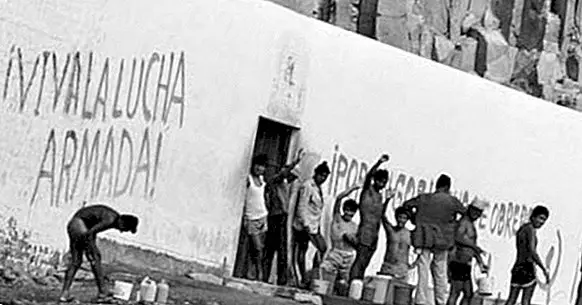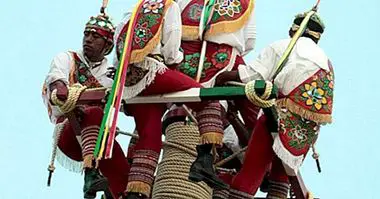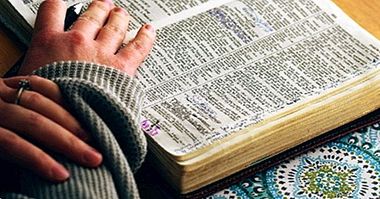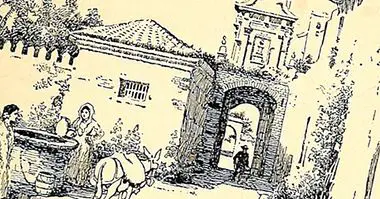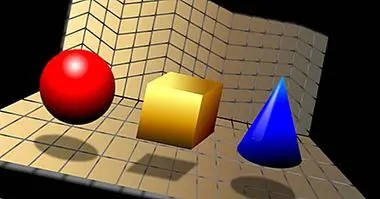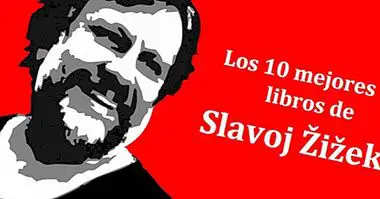What is the Shining Path? A journey through its history
Shining Path is a Peruvian political organization that carried out one of the most important and conflicting armed movements of the last decades in Latin America. The consequences of violent public actions, and the state of war unleashed, are still analyzed to this day as a crucial part in the history of the development of political systems in the region.
Next we will explain briefly What is the Shining Path, what are some of its antecedents and key people , as well as some of the consequences it has had in the most involved cities.
- Related article: "What is Political Psychology?"
What is the Shining Path?
Sendero Luminoso, also known as the Communist Party of Peru-Shining Path (PCP-SL), is an armed insurgent movement that has been active since the 1970s in Peru . considered as a terrorist organization by several States.
It began as an armed movement for free education, initiated in the Peruvian province of Ayacucho, and later spread as a political movement, which developed in other cities of the same country and culminated in a war of more than a decade.
The armed uprising occurred in the 1980s and sparked a series of actions and confrontations that are considered some of the bloodiest in recent Latin American history.
Abimael Guzmán and the beginnings of the PCP-SL
The most representative figure of the movement is Abimael Guzmán , who was a professor at the National University of San Cristóbal de Huamanga, located in the province of Ayacucho. When analyzing the indigenous situation of Peru before the political powers, Guzmán he applied his interpretation of Marxism, Leninism and Maoism , as well as his perspective on international debates around communism in the Soviet Union and in China, among other things.
In the electoral and political context of the 1960s, the Shining Path was not only driven by the rural sector and the peasantry in its different expressions; but many young university intellectuals participated in an important way. In the beginning, the organizing bases of the movement were seated through the Communist Party of Peru and the red fraction.
Shining Path It arose formally after a meeting that took place at the University of Huamanga , in Ayacucho and was established from the beginning as a political organization of Marxist-Leninist-Maoist perspective.
In addition to this, some students of the movement have analyzed intellectual influences from the beginnings of SL in relation to the theories of Alain Touraine, Antonio Gramsci, Jose Arico, Sinesio Lopez, Jose Nun, James Scott, among others. Something that these authors have in common is the vindication of the agency (of the power of the actors themselves) in the social transformation and in the historical models and structures. (Coronel, 1996).
- Maybe you're interested: "The 11 types of violence (and the different kinds of aggression)"
Some background and development of this organization
Degregori (2016) distinguishes between three fundamental antecedents of the Shining Path's armed struggles. On the one hand, the birth of Sendero Luminoso as an independent organization between 1969 and 1970. On the other hand, the decision to take the arms that occurred between 1976 and 1978. And finally, the national context and the transformations that had been produced by the government military reformer, from 1970 and until the crisis of the following decade.
In this critical situation, the indigenous Andean region had been unprotected and violated by the military dictatorship of the revolutionary government of the armed force, which lasted from 1968 to 1980.
In the end of this dictatorship, in the year 1980, the Shining Path carried out the first public act of violence: a fire of anaphoras and ballot boxes as a way of protesting against the supposed normalization towards democracy. This happened in the province of Ayacucho, specifically in the municipality of Chuschi, and from then on, the movement continued to carry out public acts of violence during the following 10 years. In this course, the movement was militarized (between 1983 and 1986), which culminated in the deployment of violence throughout the territory for the next three years.
Finally a major transformation occurs in the 1990s, with the arrival to power of Alberto Fujimori . In the year of 1992 Abimael Guzmán is arrested and the movement leaves the arms and the actions of the SL are modified drastically, which at the moment is known as post-trekking.
The moment in which the armed uprising takes place was crucial for the history of the country, since the first months of government of the armed forces began, the oil had been nationalized, and the discussion about the reforms for the sector of the field was coming , among other things. In this context, the movement for free education promoted by Sendero Luminoso gave an idea of the regional crises that the country was going through.
After the war
As expected, the armed confrontation has had many unpleasant consequences in the Andean area of Peru. According to Degregori (1996), in addition to the destruction of infrastructure and widespread poverty from the Ayacucho region, there were important changes in the countryside in the rural areas of Huanta, La Mar and Cangallo, which are three of the provinces most affected by the violence.
Many people were forced to move from their communities to avoid the disastrous consequences of the clashes. Those who stayed, had to radically rearrange their lifestyles.
For example, one of the practices that were generated to maintain the population in the affected areas was the construction of fortified villages in hills or hills . Those who did not climb the hills, had to strengthen their houses with structures that resemble the walls.
Land and livestock were also seriously affected. On the whole, the conditions of extreme precariousness also accentuated the differences in prosperity that reached different regions.
Bibliographic references:
- Degregori, C. (2016). The emergence of the Shining Path. IEP Editions: Peru.
- Degregori, C. (1996). Ayacucho, after the violence. (Ed.). The peasant probes and the defeat of Sendero Luminoso. IEP Editions: Peru.
- Coronel, J. (1996). Political violence and peasant responses in Huanta. In Degregori, C. (Ed.). The peasant probes and the defeat of Sendero Luminoso. IEP Editions: Peru.

